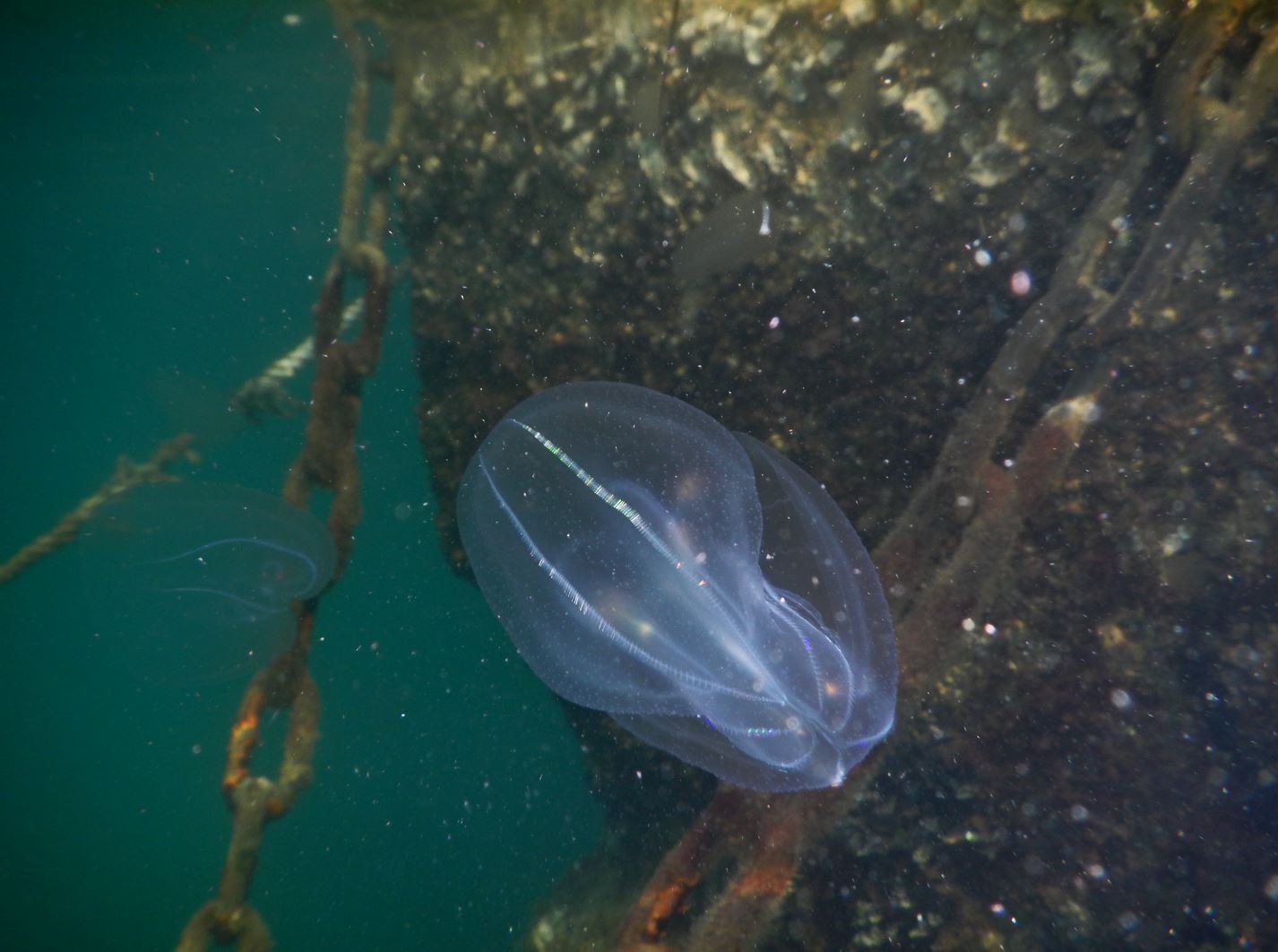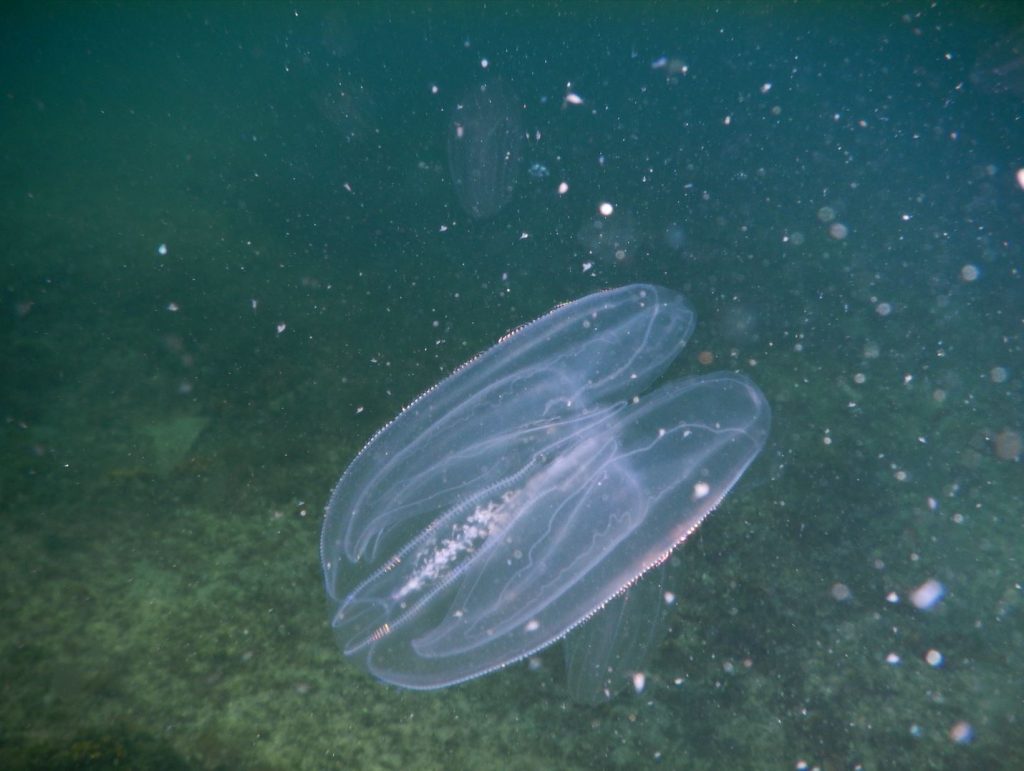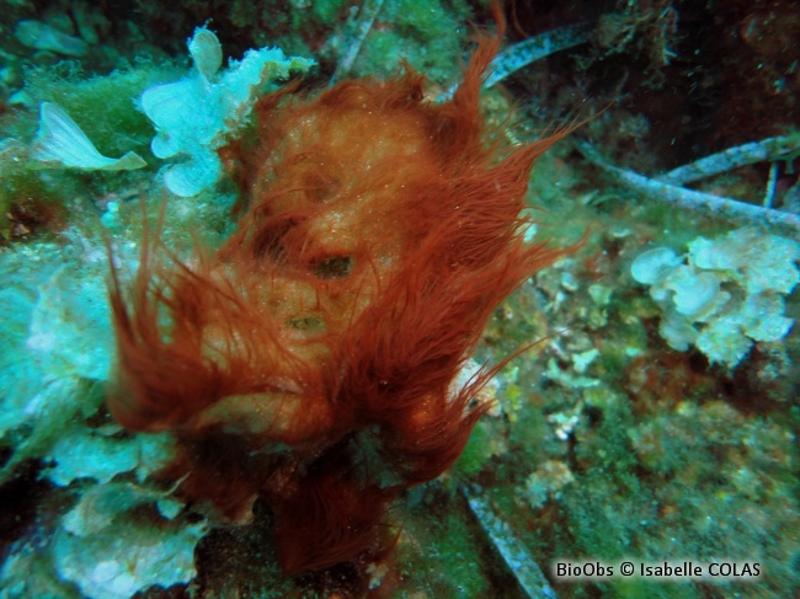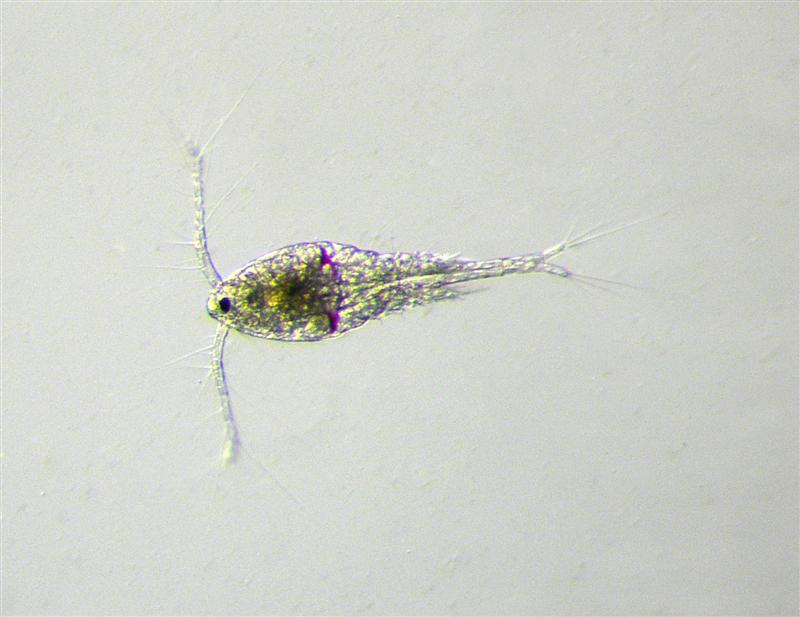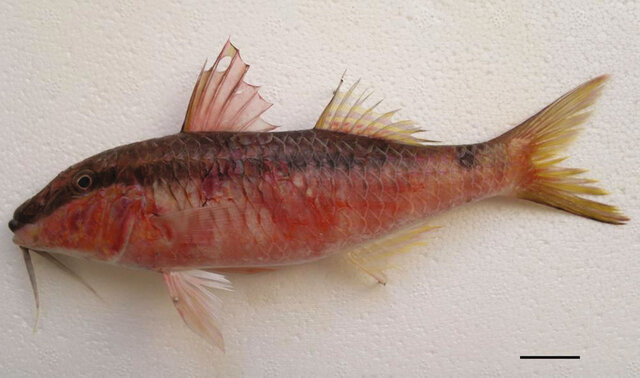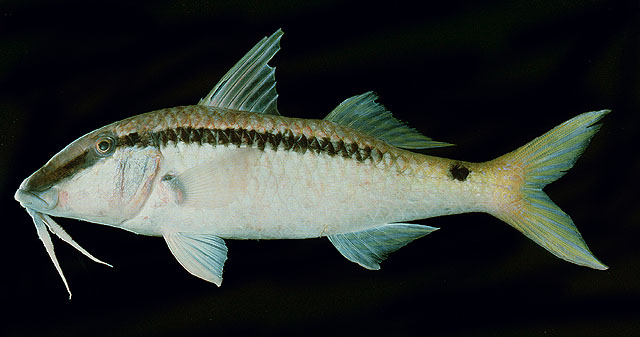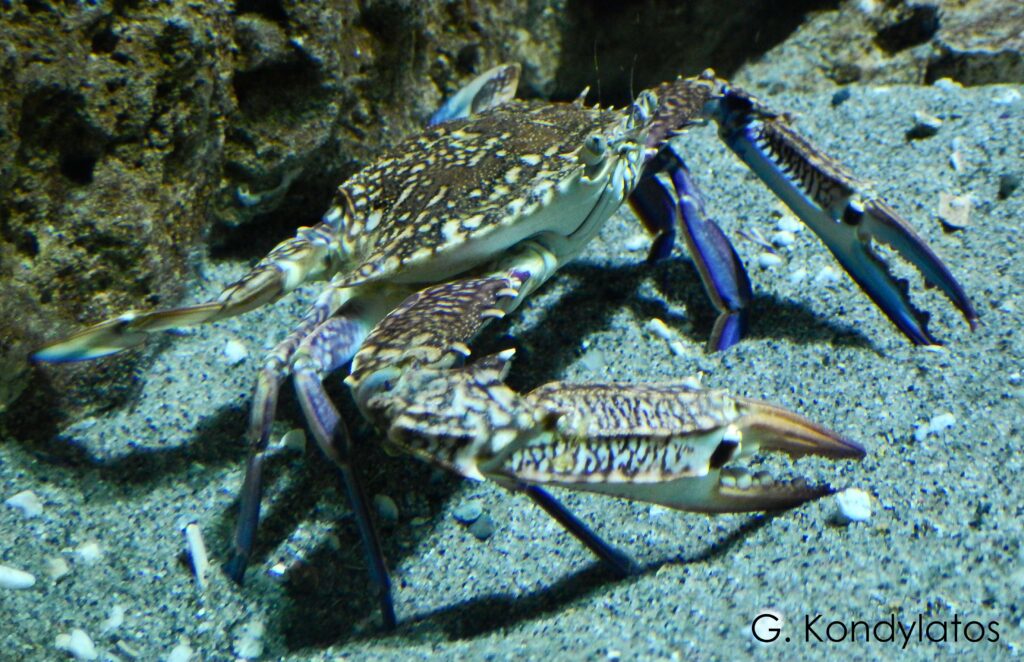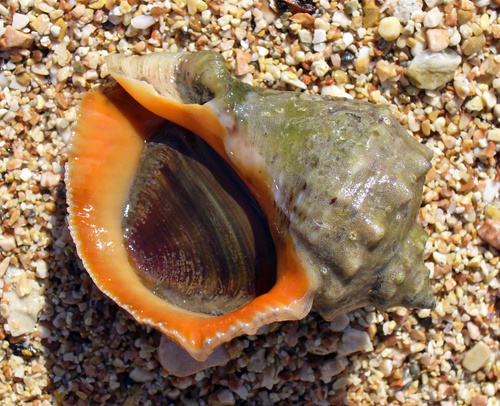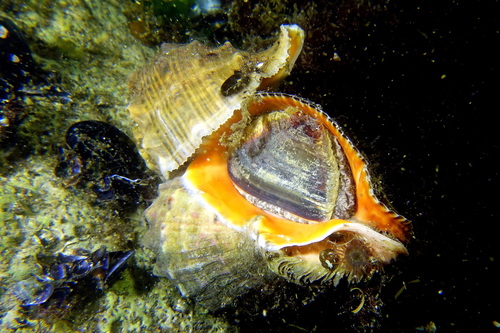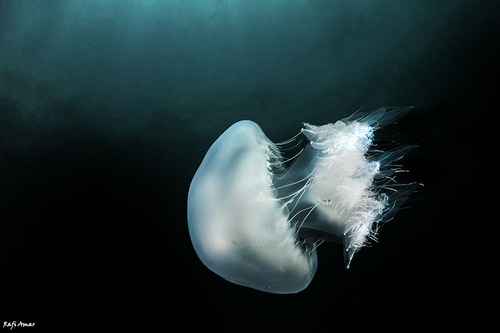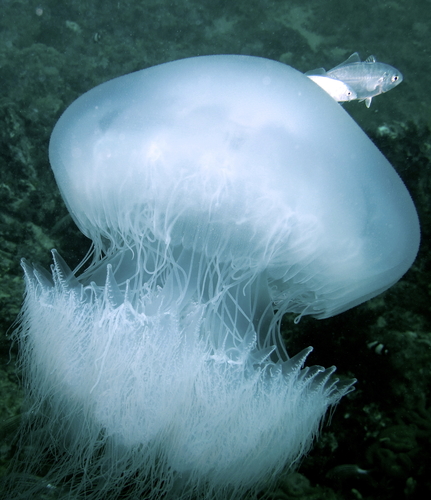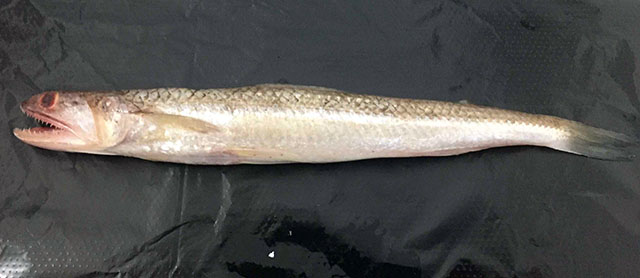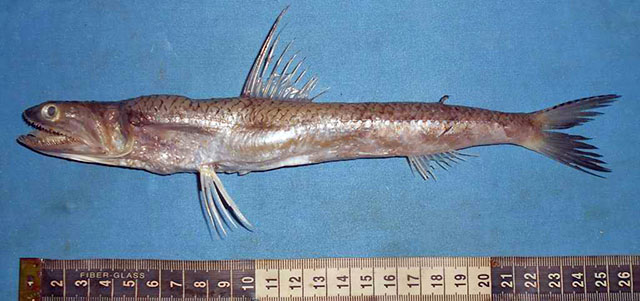Mnemiopsis leidyi

Mnemiopsis leidyi (Agassiz, 1865)
Mnemiopsis have an oval-shaped and transparent lobed body, with four rows of ciliated combs that run along the body vertically and glow blue-green when disturbed. They have several feeding tentacles. Their body comprises 97% water. They have a maximum body length of roughly 7–12 cm and a diameter of 2.5 cm
Shiganova T, Mirzoyan Z, Studenkina E, Volovik S, Siokou-Frangou I, Zervoudaki S, Christou ED, Skirta A, Dumont H (2001) Population development of the invader ctenophore Mnemiopsis leidyi in the Black sea and in other seas of the Mediterranean basin. Marine Biology 139: 431-445
1990
UNA
Sea walnut
It is euryoecious, tolerating a wide range of salinity (2-38 psu), temperature (2–32 °C), and water quality. It is a carnivore that consumes zooplankton including crustaceans, other comb jellies, eggs, larvae of fish. It has the capacity for self-fertilization, as it is hermaphroditic.
No impacts on biodiversity have been reported
Unlike cnidarians, Mnemiopsis does not sting. No impacts on health and ecosystem services has been reported.
No
No
Records of Mnemiopsis leidyi
Sites where Mnemiopsis leidyi has been recorded in the Hellenic Sea.
